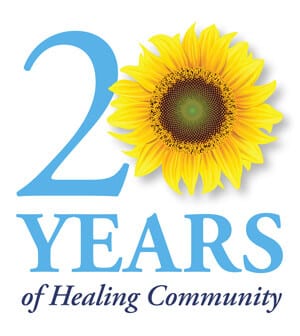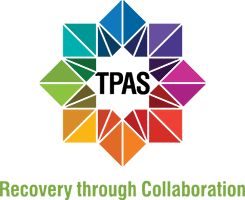By Laura Eshelman
Anyone who has watched a cat play with a catnip-scented toy has observed one of many instances in which animals, just like humans, use mind-altering substances. Just like humans, animals use psychoactive substances for one common purpose: to feel different. Bees, monkeys, elephants, and other species have all been known to consume intoxicants for presumably pleasurable effects. In a similar vein, another case example demonstrates that animals may also seek out drugs as a stress response.

Water buffalo are the national animals of Vietnam, a country in which certain regions are known for poppy fields. Poppies cultivation has multiple uses, including opium production, a substance that produces sedating effects. In the 2012 bestselling book, Chasing the Scream, journalist Johann Hari describes how the beasts instinctively avoid poppy fields most of the time when grazing—that is, until the U.S. troops invaded Vietnam in 1965. Suddenly, with chaos and violence disrupting their natural habitats, the buffalo herds raided the poppies. Following the end of the conflict in the mid-1970s, this behavior ceased as mysteriously as it started. (https://boingboing.net/2015/01/20/why-animals-eat-psychoactive-p.html)
The story of the water buffalo raises some interesting implications about the link between substance use and trauma. Like the buffalo, many people use different kinds of drugs to self-soothe in times of distress, to forget painful memories, or to otherwise manage difficult circumstances that might be beyond their control. But unlike the buffalo, not everyone is able to reduce or stop using substances on their own, even when the inciting stressors or reasons for using are no longer present. This speaks to the importance of trauma-informed care for people seeking recovery from substance abuse.

Although curiosities about the impact of traumatic experiences on human psychology date back to case studies of U.S. Civil War soldiers, the 1970s saw a re-emergence of trauma studies and genesis of what is known as trauma-informed care. Coincidentally, this was in large part spurred by the experiences of U.S. veterans returning from the conflict in Vietnam, which often included substance abuse that began as a coping mechanism during their deployments. (https://investigatemidwest.org/2018/06/15/a-short-history-of-trauma-informed-care/) Soon, though, the scope of trauma research and the application of trauma-informed care expanded to include those outside the military. The APA formally introduced PTSD as a diagnosis in 1980; perhaps coincidentally, the APA added substance use disorder (SUD) to the DSM 5 the same year. Subsequent figures from research in some inpatient settings estimate the prevalence of PTSD and substance use disorder (SUD) comorbidity is as high as 50 percent. (National Public Library of Medicine article linked here.)
The original Adverse Childhood Experiences (ACE) studies in 1995 provided the context for approaches in mental healthcare that are now known as “trauma informed”. The study, which initially included over 17,000 individual responses about incidences of early abuse, neglect, death of caregivers, and other traumatic events found that higher scores correlated with mental, physical and social challenges in adulthood. One finding indicated that those with a certain score (answering “yes” to 4 of 10 questions about childhood trauma) were significantly more likely to develop dependencies on substances like alcohol or intravenous drugs than those with lower scores. (https://www.ncbi.nlm.nih.gov/pmc/articles/PMC10106480/)
Trauma-informed care was developed on the premise that providers should be sensitive to the unique histories and backgrounds that bring any individual in for treatment, as well as a deep understanding of how trauma might effect the mind and body. There are five essential principles of trauma-informed care for both providers and clients: psychological safety, trustworthiness, self-agency (choices), collaboration, and empowerment. Research suggests that therapeutic implementation of this framework in treatment settings, for both individual and group counseling sessions, may produce more positive sustained treatment outcomes and reduced trauma symptoms for adults diagnosed with SUD. (https://www.ncbi.nlm.nih.gov/pmc/articles/PMC10572352/)
Dr. Gabor Mate, a physician and worldwide renowned expert in trauma and addiction, once wrote,
“It is impossible to understand addiction without asking what relief the [person with an addiction] finds, or hopes to find, in the drug or addictive behavior.”
CooperRiis already provides dual diagnosis support for people who may meet criteria for SUD and/or PTSD, but also strives to thoroughly educate all staff on the link between trauma and behavior in order to more compassionately support its residents. By choosing a sober living culture that is also non-judgmental, CooperRiis residents can also begin to safely explore the connection between their trauma and substance use while building the inner tools and confidence to lead full, joyful lives.
Holistic care is, by nature, trauma-informed, in that it means healing each person’s mind, body, and strengthening their sense of self.
CooperRiis brings this kind of holistic and team-based approach to the table for everyone it serves, and thus can serve as a life-changing resource for people seeking freedom from addiction as a symptom of trauma.











